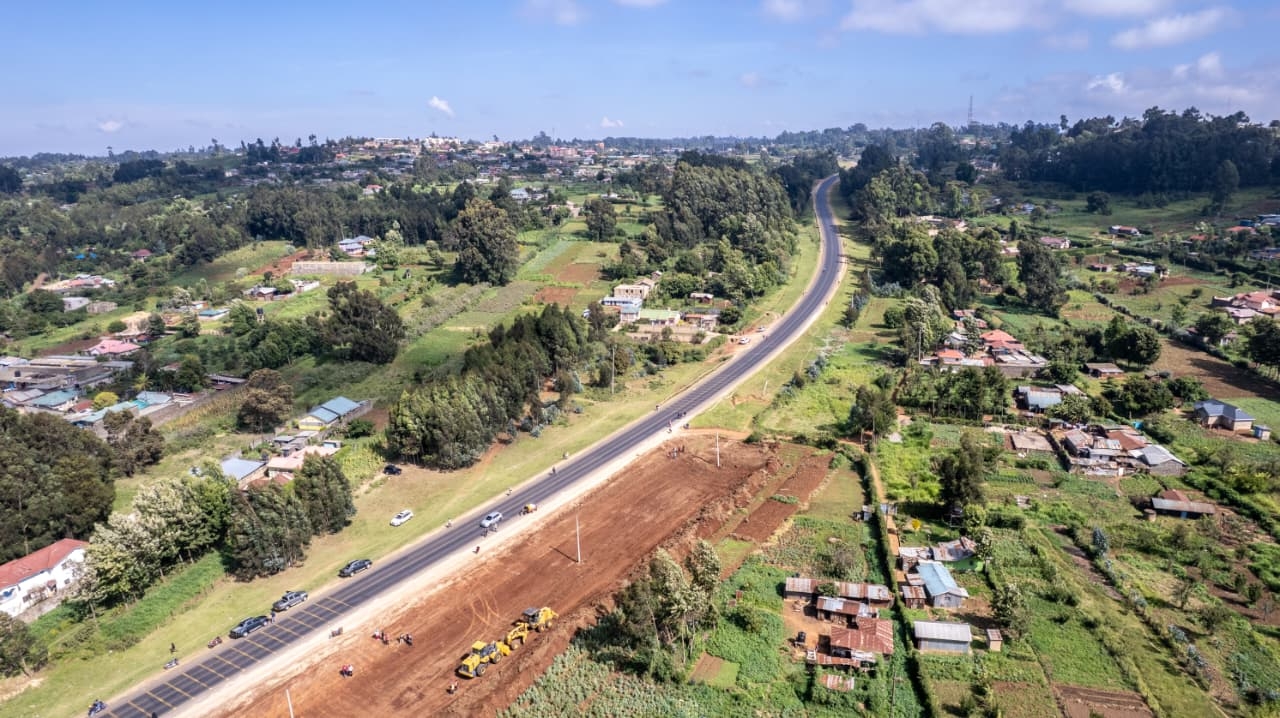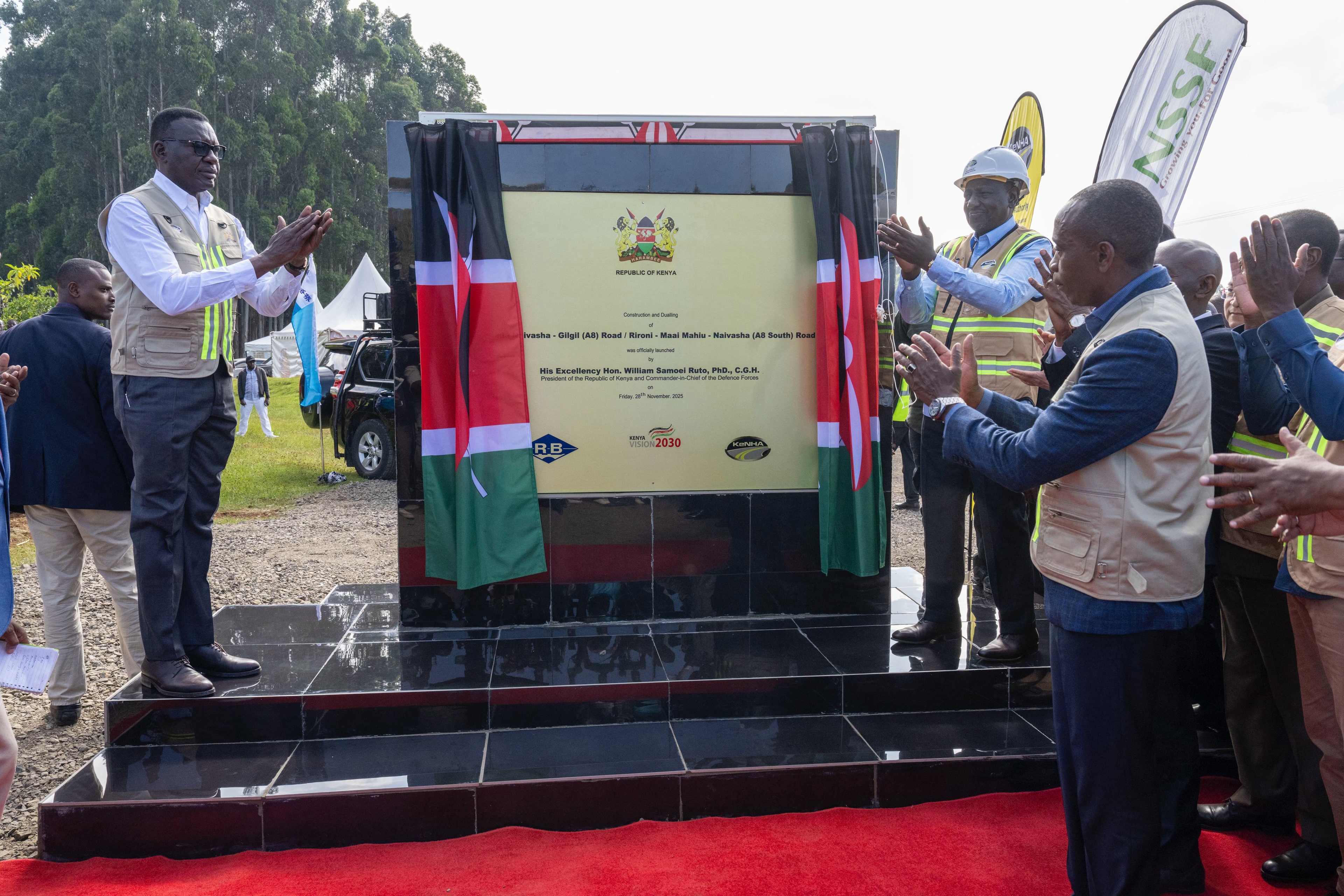Nairobi Governor Johnson Sakaja is set to announce measures aimed at responding to the looming threat of El Niño at Uhuru Park today.
Experts have warned that the looming wetter-than-usual conditions will lead to potential floods, landslides and other natural disasters.
Sakaja said the impending El Niño and its associated impacts risk spoiling the party for the once-vibrant city.
“In response to this looming threat, Nairobi City County has devised a comprehensive disaster management plan to address the anticipated impacts and support the citizens in responding effectively to the crisis,” an invite from the governor’s office says.
“Collaboration between government agencies, local communities and relevant stakeholders will be crucial in ensuring a successful disaster management plan.”
Floods are common in the city every time there is a heavy downpour, with those in informal settlements being affected the most.
The Uhuru Park event will provide an opportunity to gain insights into the Nairobi City County Government’s preparedness and response strategies, as well as to engage with the multiagency team in charge of the Nairobi City disaster management.
Sakaja will unveil the recently recruited Green Nairobi team, who will be deployed to all 17 subcounties.
He will also flag off environment trucks, fire engines and ambulances to be used during the October-January period.
He will also undertake the flushing exercise at the Anti-Malaria drainage site on the Uhuru highway.
Experts have already warned that the above average rain is expected in various parts of the country between October and December.
“The highest seasonal rainfall amounts (greater than 700mm) are normally recorded over the Central highlands,” Kenya Meteorological Department Director Dr David Gikungu said on August 30.
Experts have also predicted floods in major towns such as Nairobi, Mombasa, Nakuru and Naivasha.
Sectors set to be affected by the enhanced rains include agriculture and livestock, disaster management, water, health, energy, environment and forestry.
Gikungu said the heavy rains will come with positive and negative impacts.
Harmful effects of enhanced rains include the outbreak of waterborne diseases, increased siltation in dams, landslides, mudslides and destruction of infrastructure.
Landslides are expected in West Pokot, Kericho (Kipkelion West constituency), Elgeyo Marakwet (Keiyo escarpement), Mount Elgon, Narok (Narok South subcounty) and Nakuru.
Other areas to be affected are Baringo (Baringo North and Central constituencies), sloppy areas of Murang’a county and areas around Kilungi in Makueni.
Floods are expected in Western Kenya region along River Nyando in Nyakach, and Nyando, lower areas of River Nzoia, Winam Gulf and lower River Sondu.
Rift Valley region around Gilgil, Suswa in Narok, Voi town, Mwatate, Tana River delta, Garissa, Lodwar, Lokichar will also have floods.
Flash floods will be prevalent in Northeastern Kenya, where there are many seasonal rivers.
Historical data for 1997 and 2006 has been used to pick areas prone to floods and landslides.
During the enhanced rains, some small earth dams and pans will be affected.
Other negative impacts of the rains include the spread of pests and diseases, pre and post-harvest losses and displacement of communities.
A spike in vector-borne diseases is also expected.
Gikungu also indicated that there is a high probability that some counties in the Northeastern region are likely to experience above-average rainfall.
“This will be driven by warmer than average Sea Surface Temperatures (SSTs) over the Central and Eastern Equatorial Pacific Ocean, indicating the presence of El Niño conditions,” he said.
"According to most of the global climate models, El Niño conditions are likely to persist throughout the season."
Gikungu said counties that will receive rains include Siaya, Kisumu, Homa Bay, Migori, Kisii, Nyamira, Baringo, Uasin Gishu, West Pokot and Elgeyo Marakwet.
Others are Nandi, Kericho, Bungoma, Kakamega, Busia, Trans Nzoia, West Pokot, Vihiga, Laikipia (Laikipia West), Nakuru and Narok.
“The expected rainfall is likely to be above the long-term average amounts for the season (enhanced rainfall)," Gikungu said.
"The peak of the season is expected in November. The expected rainfall is likely to be poorly distributed in October, and well distributed in November and December.”










![[PHOTOS] Ruto launches Rironi-Mau Summit road](/_next/image?url=https%3A%2F%2Fcdn.radioafrica.digital%2Fimage%2F2025%2F11%2F6f6601a6-9bec-4bfc-932e-635b7982daf2.jpg&w=3840&q=100)




